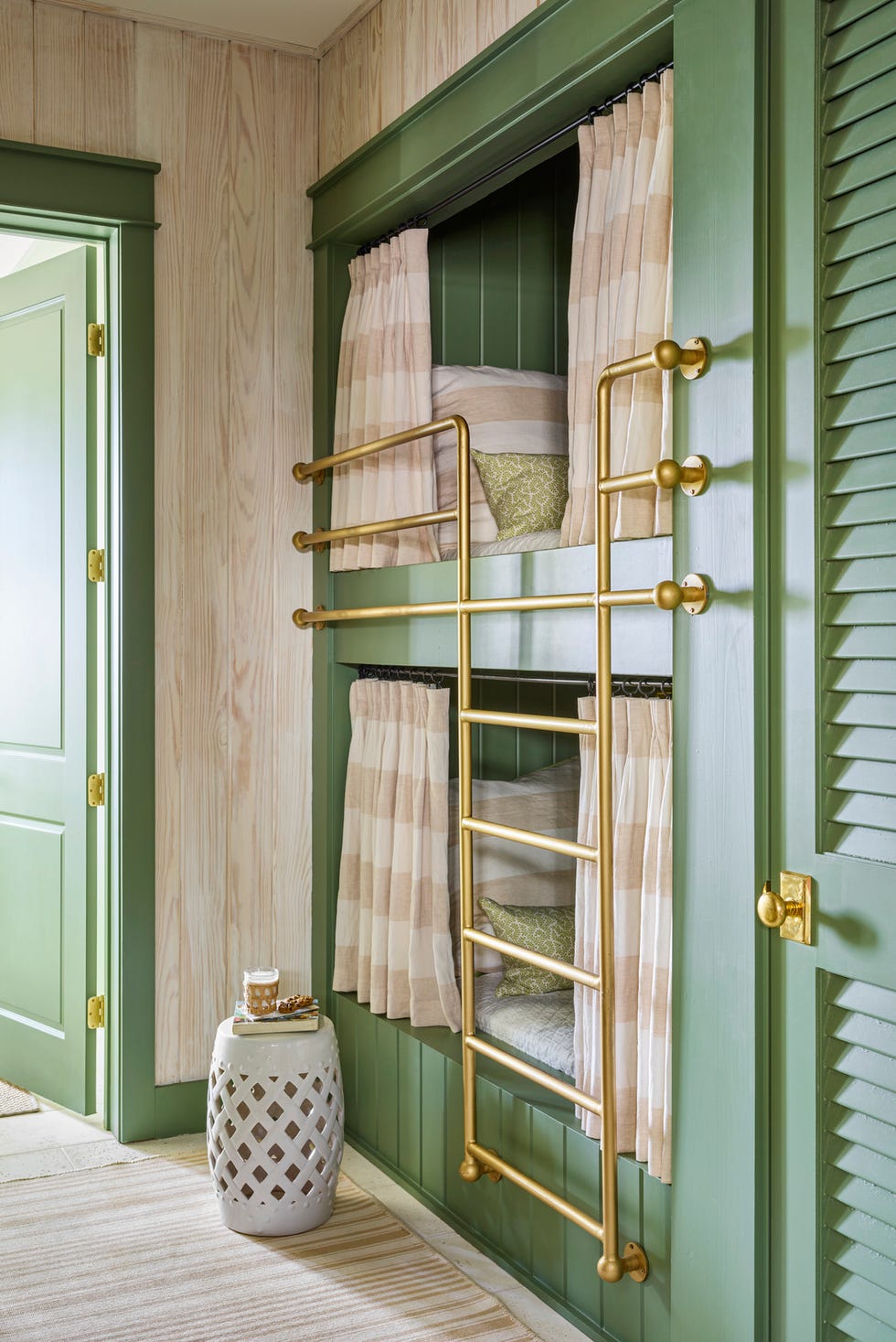Shop At Haya: Your Ultimate Shopping Guide
Discover the best shopping tips, trends, and deals for a smarter buying experience.
Designing Spaces: Where Chaos Meets Comfort
Transform chaos into cozy! Explore innovative design ideas for creating spaces that comfort and inspire in our latest blog post.
Balancing Act: Tips for Creating Cozy Spaces in a Cluttered World
In today's fast-paced world, finding serenity amidst chaos can feel impossible. However, creating cozy spaces in a cluttered environment is achievable with a few intentional changes. Start by decluttering your area: remove unnecessary items that take up space and contribute to mental clutter. This can be a simple as setting aside just 10 minutes a day to tackle small areas in your home. Consider utilizing baskets or storage bins to organize your belongings, giving every item a designated place, which helps in maintaining an orderly and inviting atmosphere.
Once you've decluttered, focus on incorporating elements that foster a sense of calm and comfort. Layering textures with soft blankets, plush pillows, and warm rugs can instantly elevate the coziness of any space. Additionally, lighting plays a crucial role; consider using dimmer switches or warm, ambient lighting to create a relaxing mood. Don't forget to personalize your cozy spaces with items that bring you joy—whether it's a favorite book, a treasured piece of art, or plants that bring life to your surroundings. Remember, the key to a cozy space is balance: combine comfort and organization for a serene sanctuary.

The Psychology of Space: How Design Influences Our Comfort Levels
The psychology of space plays a crucial role in how we perceive and interact with our environment. The design of a room can significantly influence our comfort levels, affecting both our mood and productivity. For instance, open layouts with ample natural light can create a sense of freedom and relaxation, while cluttered or dimly lit spaces may evoke feelings of anxiety. Spatial organization is paramount; when areas are intentionally designed to encourage interaction, such as communal seating or collaborative workspaces, individuals often report higher satisfaction and comfort. Understanding these psychological effects can help designers create environments that foster well-being.
Incorporating elements of nature into design, known as biophilic design, can further enhance our comfort levels and emotional state. Studies have shown that exposure to natural elements can reduce stress and increase feelings of tranquility. Consider integrating features like indoor plants, natural textures, or views of the outdoors to create a more inviting atmosphere. Additionally, factors such as color and lighting play a significant role; warm colors and soft lighting can instill a sense of calm, while vibrant, cooler tones can invigorate. By prioritizing the psychological aspects of space, we can design environments that truly enhance our quality of life.
Embracing Imperfection: Designing Chaos into Comfortable Living
In a world that often pushes for perfection, embracing imperfection can be a radical yet fulfilling approach to comfortable living. By acknowledging that chaos is a natural part of life, we create space for authenticity in our homes. Instead of striving for a magazine-ready aesthetic, consider designing spaces that reflect your personality and experiences. Incorporating mismatched furnishings, eclectic artwork, and a variety of textures can evoke a sense of warmth and creativity. This intentional chaos can transform your environment from merely being a backdrop to life into a vibrant canvas that tells your unique story.
To achieve comfortable living amidst the chaos, start by prioritizing functionality and comfort over visual flawlessness. Here are some practical steps to embrace this philosophy:
- Curate thoughtfully: Choose items that genuinely resonate with you, even if they don’t match perfectly.
- Mix styles: Combine modern pieces with vintage finds to create a lived-in feel.
- Leave room for growth: Allow spaces to evolve with your experiences, adding new elements as life unfolds.
By consciously celebrating the beauty of imperfection, we can cultivate an environment that not only feels comfortable but also inspires creativity and joy.